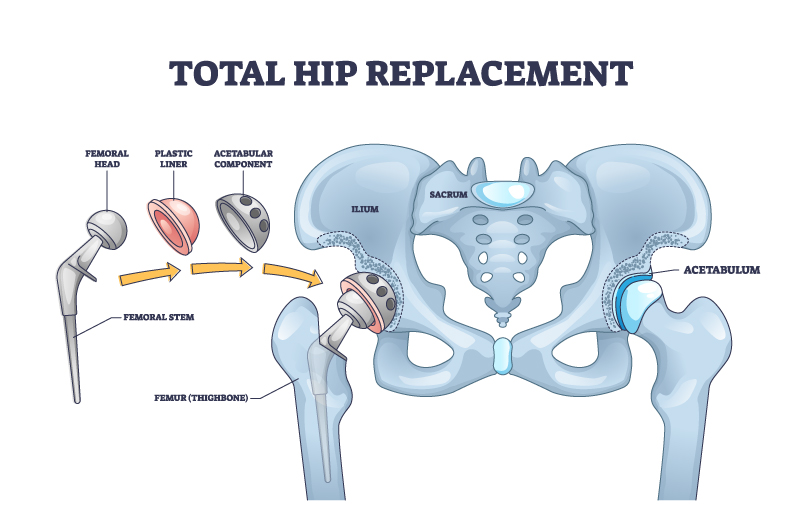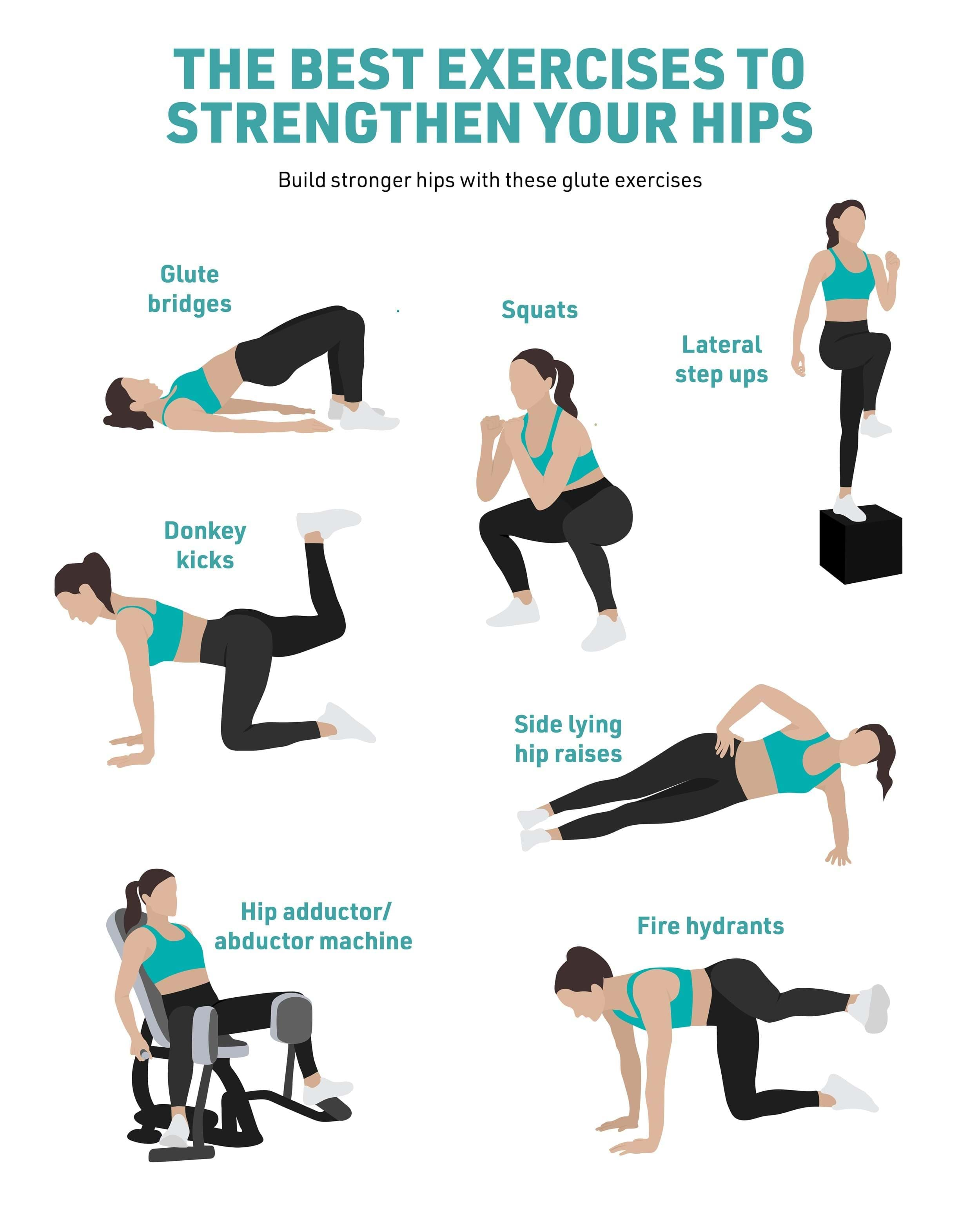The People Getting New Knees And Hips In Their 40s

The crisp morning air nipped at Sarah's cheeks as she laced up her running shoes, a familiar ritual she thought she'd lost forever. Sunlight dappled through the trees lining the park path, a path she used to navigate with ease, a path that had become a source of frustration and pain. Today, however, was different. A spring was back in her step, a lightness she hadn't felt in years. She wasn't just walking; she was reclaiming a piece of herself, thanks to a new knee that felt, remarkably, like her own.
While joint replacement surgery has long been associated with older adults, a growing number of people in their 40s are opting for knee and hip replacements to reclaim active lives hindered by debilitating pain and limited mobility. This trend, driven by a combination of factors including increased awareness, advancements in surgical techniques, and a desire to maintain an active lifestyle, is reshaping the landscape of orthopedic care.
A Younger Generation Seeking Relief
For many, the idea of a knee or hip replacement in their 40s seems premature. But for those living with chronic joint pain caused by arthritis, injury, or other conditions, it can be a life-changing decision. "I felt like I was 80 trapped in a 45-year-old's body," says Mark, a former college athlete who underwent a hip replacement at 43 due to severe osteoarthritis. He adds, "Every step was a struggle, and I couldn't participate in the activities I loved with my kids. I realized I needed to do something to get my life back."
The stories of Sarah and Mark are becoming increasingly common. According to the American Academy of Orthopaedic Surgeons (AAOS), while the average age for joint replacement remains in the 60s and 70s, there has been a noticeable increase in the number of procedures performed on individuals in their 40s and 50s. This shift reflects a growing willingness among younger individuals to consider surgery as a viable option for managing chronic pain and improving their quality of life.
The Factors at Play
Several factors contribute to this trend. Firstly, people are living longer and remaining active later in life. This increased activity level can lead to greater wear and tear on joints, potentially accelerating the development of arthritis and other joint conditions. "We're seeing more 'weekend warriors' and individuals who have maintained a high level of physical activity throughout their lives," explains Dr. Emily Carter, an orthopedic surgeon specializing in joint replacement. "This can put a strain on their joints, leading to earlier onset of problems."
Secondly, advancements in surgical techniques and implant technology have made joint replacement surgery safer and more effective. Minimally invasive procedures, such as arthroscopic surgery, can reduce recovery time and minimize scarring. New implant materials, such as ceramic and highly cross-linked polyethylene, are more durable and longer-lasting, potentially extending the lifespan of the replacement joint. These technological advancements instill greater confidence in younger patients considering joint replacement.
Furthermore, there is a growing awareness of the benefits of joint replacement surgery among younger individuals. Increased access to information through online resources and support groups allows individuals to learn about their options and connect with others who have undergone similar procedures. This knowledge empowers them to make informed decisions about their healthcare.
The Importance of Early Intervention
For many individuals in their 40s experiencing joint pain, early intervention can be crucial in preventing further damage and delaying the need for surgery. Conservative treatments such as physical therapy, pain medication, and lifestyle modifications can often provide significant relief. However, when these measures fail to provide adequate pain relief and improve function, joint replacement may be considered.
Dr. David Lee, a physical therapist specializing in orthopedic rehabilitation, emphasizes the importance of a comprehensive approach to managing joint pain. "We work with patients to strengthen the muscles around the joint, improve flexibility, and educate them on proper body mechanics to minimize stress on the joint," he explains. "In some cases, this can help delay or even avoid the need for surgery."
However, delaying surgery for too long can also have negative consequences. Prolonged pain and limited mobility can lead to muscle weakness, bone loss, and other health problems. It can also significantly impact a person's quality of life, affecting their ability to work, participate in recreational activities, and maintain social connections. The decision to undergo joint replacement surgery is a personal one that should be made in consultation with a qualified orthopedic surgeon, considering the individual's specific circumstances and goals.
Living with a New Joint
The recovery process following joint replacement surgery can be challenging, requiring dedication and commitment to physical therapy. However, most individuals experience significant pain relief and improved function within a few months of surgery. "It's not a quick fix," admits Mark. "But it's worth the effort. I'm now able to play basketball with my kids, go hiking, and do all the things I couldn't do before."
While joint replacement surgery can provide significant benefits, it's important to remember that it's not a cure-all. Individuals who undergo joint replacement need to be mindful of their activity levels and take steps to protect their new joints. This may involve avoiding high-impact activities, maintaining a healthy weight, and practicing proper body mechanics. Regular follow-up appointments with an orthopedic surgeon are also essential to monitor the health of the joint and address any potential problems.
A Future of Active Living
The increasing number of individuals in their 40s opting for joint replacement surgery reflects a growing desire to maintain an active and fulfilling lifestyle, regardless of age. With advancements in surgical techniques and implant technology, joint replacement is becoming a more viable option for managing chronic joint pain and improving quality of life. This trend signals a shift in the way we approach aging and healthcare, emphasizing the importance of proactive measures to maintain physical function and well-being.
For Sarah, her new knee represents more than just pain relief. It's a symbol of hope, a chance to reclaim her active lifestyle and live life to the fullest. As she continues her journey down the park path, she knows that the road ahead may not always be easy, but with her new knee, she's ready to face whatever challenges come her way. And hopefully inspire others to do the same. "It's not about adding years to your life," she says, "but adding life to your years."


















